Identify woodland birds on the go
Keep our pocket-sized identification guide to hand on your next walk.
Buy yours now
Digital Content Manager
Sadly, many of the glorious birds which grace our British woods are now on the Birds of Conservation Concern 4 Red List (the highest conservation priority, needing urgent action), due to habitat loss and persecution. UK woodland was once awash with a huge variety of bird species, but as time has gone on these species have begun to decline, becoming increasingly rare. The chance of spotting them is slim – but if you’re patient (or simply very lucky!) you might just stumble across one of these 11 rare birds.
The UK’s largest finch can be found in mature woodland with a mix of tree species. That said, it has declined in many areas of Britain and is now one of the hardest birds to see, spending much of its time in the canopy. The hawfinch’s impressive bill is powerful enough to split open cherry stones, exerting a tremendous pressure of around 150 pounds per square-inch!
The lesser spotted woodpecker is now one of our rarest birds. We have lost three out of four pairs since the 1970s, and these charismatic little woodland birds have disappeared entirely from many areas. The lesser spotted woodpecker’s favourite habitat is deciduous woodland where there are plenty of trees harbouring beetle larvae and moths to eat.
The nightingale is a spring migrant found in the South East of the UK. Favouring thick vegetation and coppiced woodland, this bird’s specific needs mean it has declined due to habitat loss and changes in the climate both here and in its wintering grounds. You can still hear the nightingale’s sweet song in areas of Essex, Kent, Sussex, Suffolk and Lincolnshire.
This huge woodland grouse is second only to the golden eagle when it comes to iconic Scottish birds, but unfortunately it isn’t experiencing the same kind of recovery. In fact, it is thought there are less than 2,000 individuals left in their stronghold of Strathspey. Other areas of Scotland simply can’t meet the capercaillie’s very specific habitat needs: native pine woodland containing trees of differing ages, boggy areas rich in insects for their chicks, and open areas where the males can perform their courtship display, known as lekking.
Keep our pocket-sized identification guide to hand on your next walk.
Buy yours nowThis summer migrant colonises mature woodland in the west of the UK, gorging on insects, caterpillars, fruit and seeds before it returns to West Africa. Pied flycatcher numbers have halved since 1995, potentially due to a decline in traditional woodland management.
Alongside the lesser spotted woodpecker, the willow tit has become one of Britain’s rarest woodland birds. Since 1970 willow tit numbers have declined by a shocking 91%. Experts aren’t entirely sure what is to blame, but increased competition, a rise in predation and changes in habitat have come under fire.
The nightjar lives in open woodland alongside its heathland and moorland habitats, but you would be very lucky to spot one. Now recovering and placed firmly on the Amber List (the next most critical group after red), these almost mythical birds are still largely confined to southern England. With a chirring call, silent flight and fabled ability to steal milk from goats, it is little surprise the nightjar has such a supernatural reputation.
The spotted flycatcher is a charming woodland bird with impressive insect-catching skills, but this late spring migrant isn’t faring well. There are now six times fewer spotted flycatchers in Britain than just 30 years ago, and it is rare to hear their squeaky song floating down from the trees.
The wood warbler's zesty green plumage brightens up deciduous woodland, with the highest density in Wales. It prefers beech and oak woods, but has suffered a steady decline and is now a Priority Species in the UK Biodiversity Action Plan. If you do manage to spot one, it can be distinguished from other warbler species by the clear split between its white belly and bright yellow-green chest.
This stunning bird is designed for its woodland habitat, using spectacular aerobatics to chase prey through even the densest tree cover. Goshawks were virtually extinct by the end of the 19th century and their numbers have never fully recovered. It is thought this is due to persecution, and even if you know where to look, those piercing eyes are still a rare sight.
This stunning little finch breeds in woodland habitats and is most likely seen demonstrating impressive gymnastics as it hangs from tiny twigs to feed on birch and alder seeds. Sadly, numbers have dropped due to habitat loss and the intensification of agriculture.
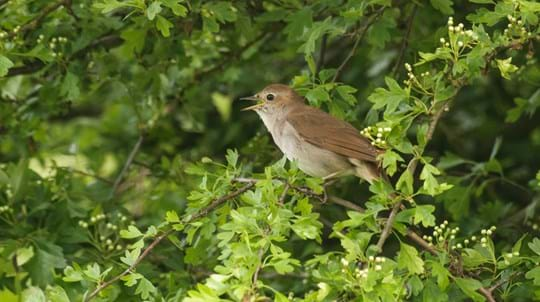
Blog
Amy Lewis • 01 Apr 2022
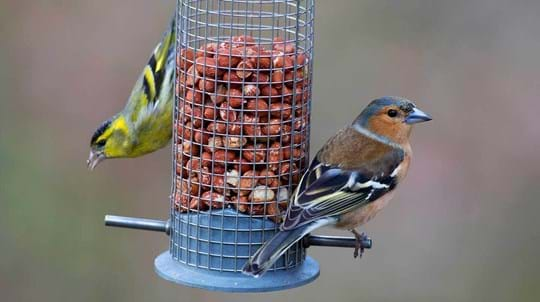
Blog
Hannah Vickers • 21 Mar 2019
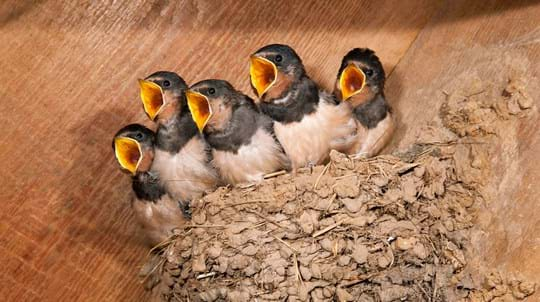
Blog
Charlotte Varela • 14 Jun 2019
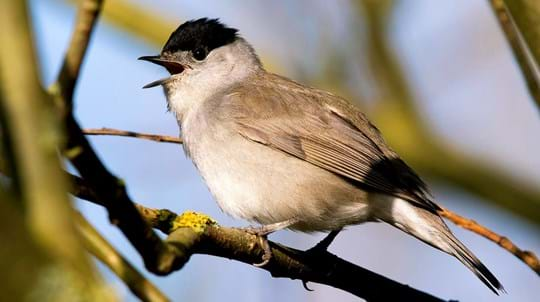
Blog
Charlotte Varela • 12 May 2018
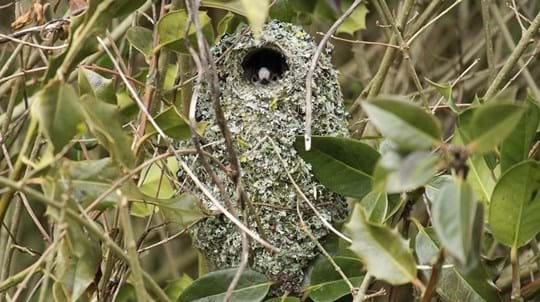
Blog
Hannah Vickers • 17 Jan 2019
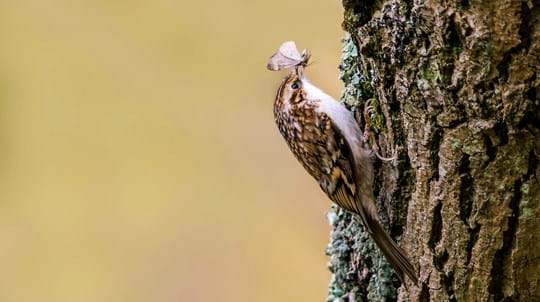
Blog
Hannah Vickers • 08 Apr 2019
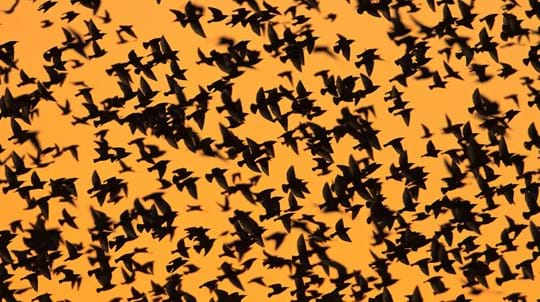
Blog
Amy Lewis • 20 Nov 2018
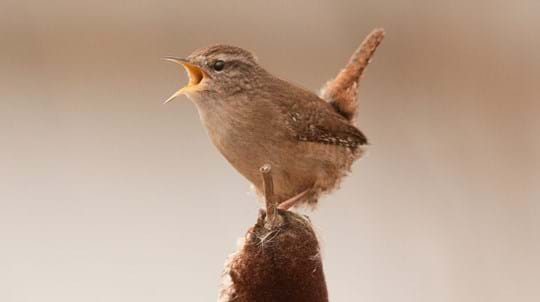
Blog
Kayleigh Jacobs-Rutter • 13 Feb 2024
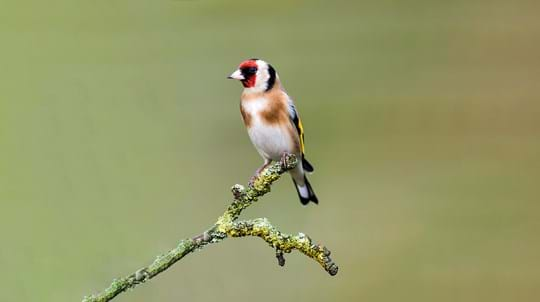
Blog
Amy Lewis • 28 Feb 2019

Woodland wildlife is fading before our eyes. Please support our appeal to save rare and threatened species.
Donate now